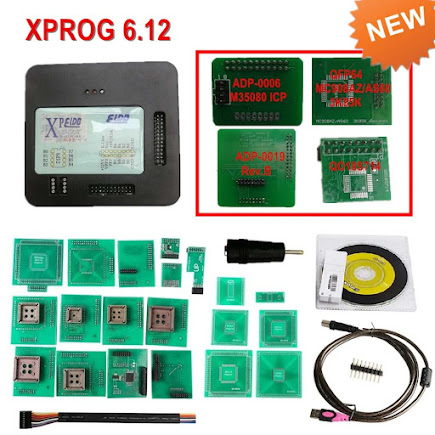Reviving Classic Cars with Modern Electronics: Retrofitting Vintage Rides
Future while Preserving the Past: A Delicate Balance
Vintage cars have an undeniable allure, an aura of nostalgia that harks back to a bygone era of automotive craftsmanship. The way their curves catch the light, the throaty roar of their engines – these are the elements that make them true classics. Yet, as time marches on, the modern world brings forth technological marvels that can enhance not just our driving experience, but also the safety and convenience of our vehicles. This begs the question: can vintage car enthusiasts integrate modern electronics without compromising the classic charm of their beloved rides? The answer is a resounding yes, and it all boils down to the art of retrofiting.
The Crux of Retrofitting: Where Tradition Meets Innovation
Retrofitting, in the context of vintage cars, involves skillfully incorporating contemporary electronics into these automotive treasures. The aim is not to overshadow the vintage essence, but rather to marry it harmoniously with the conveniences of today's technology. The process requires finesse, an understanding of both the classic mechanics and the cutting-edge electronics. It's akin to blending two eras into a seamless symphony, where each note plays a vital role in the overall composition.
Navigating the Digital Terrain: Modernizing the Dashboard
One of the prime areas of focus when retrofitting vintage cars is the dashboard. Traditionally adorned with analog dials and switches,it's here that the clash between tradition and innovation is most apparent. Yet, with careful consideration, this convergence can result in a dashboard that retains its classic aesthetics while boasting modern functionalities. Swapping out the traditional instrument cluster for a digital display might seem like a leap, but it's a leap that can be taken thoughtfully.
Safeguarding the Essence: Enhancing Safety Systems
Incorporating modern safety features is a paramount concern when retrofitting vintage cars. The absence of airbags, ABS, and advanced traction control in classic cars can be a cause for worry. However, retrofitting provides a solution. While preserving the external charm, enthusiasts can discreetly integrate airbags into the steering wheel or seat structure. Advanced sensors can be tucked away without altering the car's exterior, ensuring a safer ride without compromising on appearance.
Elevating Comfort: Climate Control and Infotainment
The idea of cruising in a vintage car without the convenience of air conditioning might evoke romantic notions, but let's face it – on a scorching summer day, that romance can wane quickly. Retrofitting offers the ability to introduce climate control systems that seamlessly merge with the car's interior. Compact vents, hidden behind original grilles, can channel cool air discreetly. Similarly, infotainment systems with modern connectivity can be integrated with finesse, allowing for a blend of timeless driving pleasure and contemporary convenience.
Powering Up: Engine Management and Performance
The heart of any vehicle is its engine, and when it comes to retrofitting, enhancing the powertrain is often a focal point. While maintaining the vintage engine's aesthetics and sound, modern engine management systems can be tucked away. These systems optimize performance, improve fuel efficiency, and even offer diagnostic capabilities through ports that don't interfere with the car's classic exterior.
Wheels of Change: Incorporating Advanced Navigation
Navigation systems are a staple of modern driving.Retrofitting vintage cars with GPS technology might sound like a challenge, but it's a challenge that can be elegantly conquered. Antique radio facades can cleverly house touch-screen displays, seamlessly integrating into the dashboard. This allows for turn-by-turn navigation without disrupting the car's classic vibe.
Preservation through Evolution: The Road Ahead
In a world hurtling toward automation and electrification, retrofitting vintage cars with modern electronics represents a bridge between the past and the future. It's an endeavor that demands meticulous attention to detail, an eye for preserving the essence of the classics, and a deep understanding of cutting-edge technology. The balance achieved through retrofitting is not just a feat of engineering but a testament to the passion and dedication of vintage car enthusiasts.
Conclusion: Merging the Best of Both Worlds
Retrofitting vintage cars with modern electronics isn't a clash of worlds; it's a harmonious merger of the best from both realms. It's about safeguarding tradition while embracing innovation, celebrating the legacy of automotive design while enhancing safety and convenience. The art lies in the delicate interplay between classic charm and contemporary technology, a symphony where every note strikes a chord of balance. So, for those who cherish the nostalgia of yesteryears' rides but also yearn for the advancements of today, retrofitting offers a journey that combines the thrill of driving's past with the promise of tomorrow's road.




Comments
Post a Comment